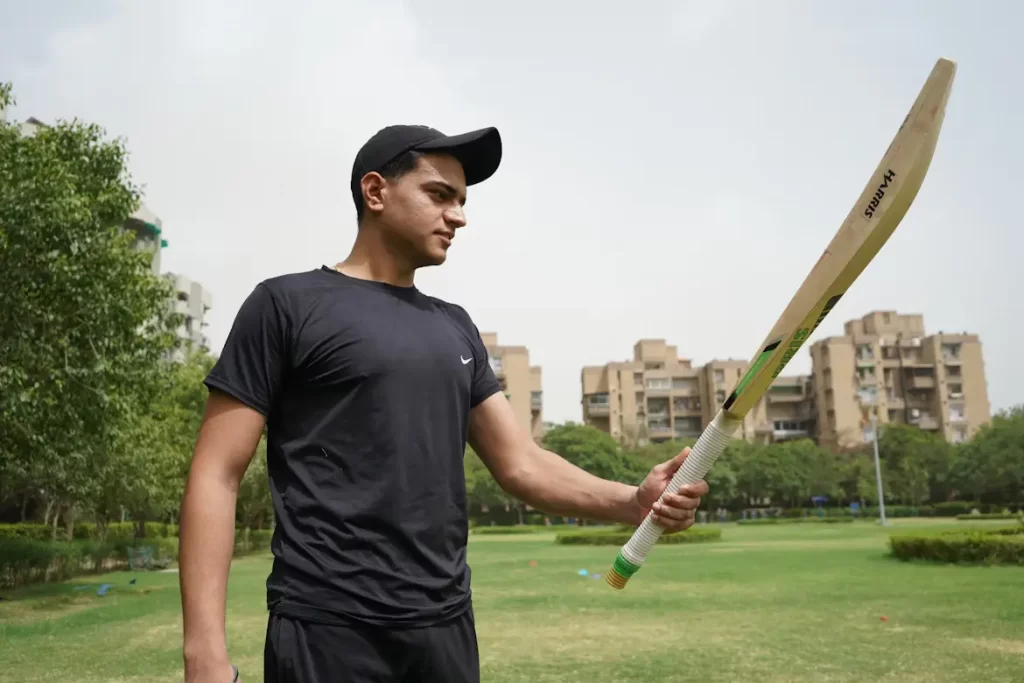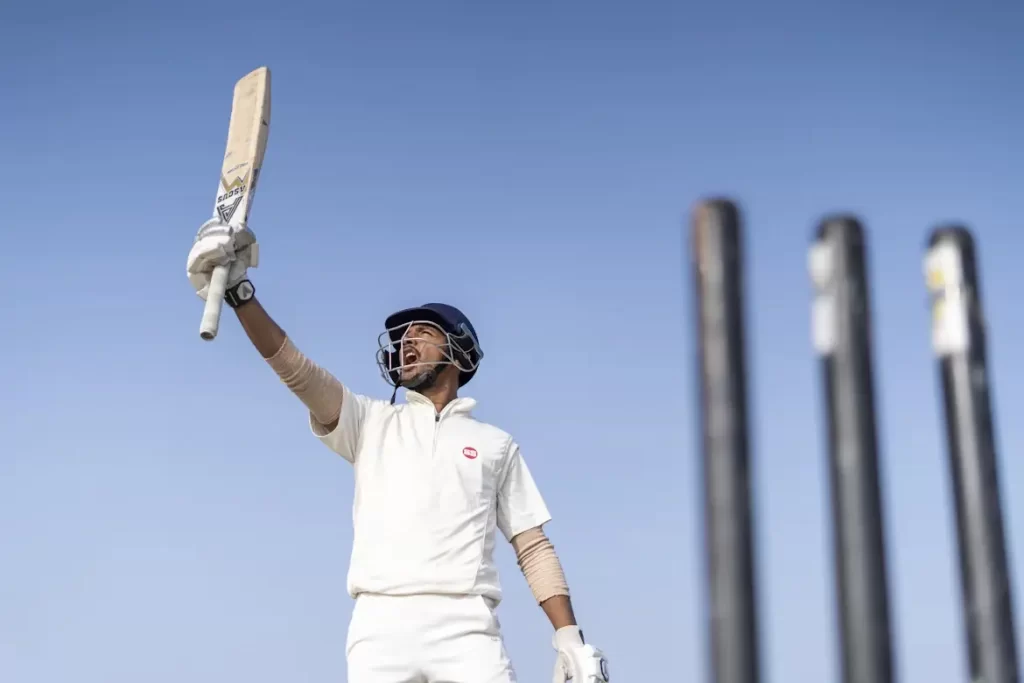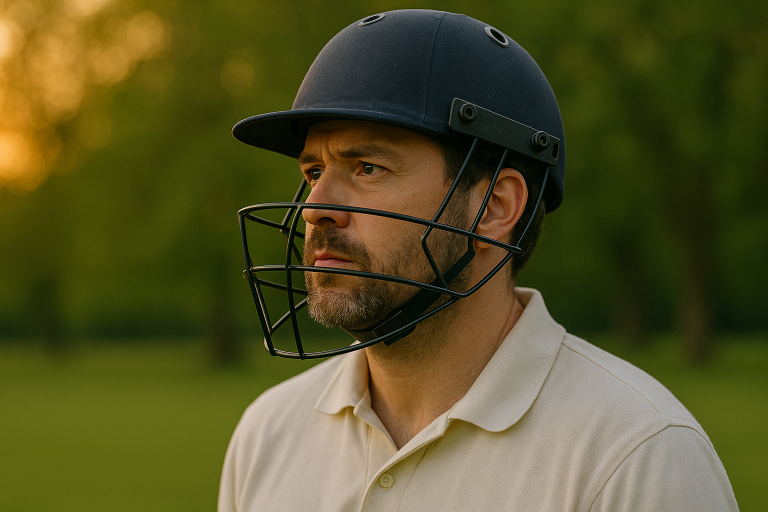Age is generally a tick-tock situation in modern-day career sport. Cricket is not different. The majority of players arrive between late teens and their early thirties, fueled by overdeveloped youth and adolescent systems. What happens, though, if the ambition arises later? Can one still succeed as a professional cricketer past the age of 30?
The answer, surprisingly, is yes. Though rare, several cricketers have proven that through perseverance and clever planning, professional contracts at an older age can be achieved. What’s intriguing is that in the rapidly evolving era of online cricket betting, fans witness late bloomers surprising the bookmakers. It is these moments that remind us form and situation — not age — determine sporting achievements.
Understanding the Challenges and Possibilities
It is not simple to start a professional career at 30. Physical well-being, reflexes, and recovery become weaker with age. But whoever remains fit and sharp in their minds can still shine on the big stage.

image source: Unsplash
In today’s cricketing age, teams welcome late arrivals with strategic intelligence and global experience. Coaches primarily seek players who can keep their cool in tight spots, something the young lads might still have to discover. And with the information age, sites like Melbet Instagram India, a sportsbook wagering and gambling page, have seasoned players and their game-winning approach. These become popular among fans who relish both the excitement of the match and the lifestyle of experienced players.
Let’s move on now to real-life examples of cricketers joining professional ranks decades after their 30s. Their lives put stereotypes into perspective and inspire dreamers all over the world.
Late Bloomers Who Showed That Age Is Only a Number
Here are some of the finest players who did not allow the calendar to control their way. One needs to know before glancing at their details that most of them had non-typical routes, typically juggling jobs and cricket before their moment of revelation.
Cricketers Who Gave Late Professional Debut
- Ryan Campbell (Australia/Hong Kong): Campbell played for Australia briefly before returning dramatically to play for Hong Kong at 44 in international cricket.
- Adam Voges (Australia): He made his Test debut at 35 and went on to average more than 60, one of the great ones in the game.
- Pravin Tambe (India): A Mumbai leg-spinner who opened his IPL account at 41 following a stint of years playing corporate cricket tournaments.
- Darren Stevens (England): Known for his roguish all-round show, Stevens continued dominating county cricket well into his 40s.
They set up their careers by grafting, not taking shortcuts. They prove that the opportunity window for professional cricket remains a bit longer than most people tend to believe.
How Latecomers Train Differently to Succeed
The veteran players need to prepare wisely. They prioritize body maintenance rather than volume training. Injury protection, flexibility, and recovery become the priority. Uncooked endurance and game-specific drills are no longer their priorities.
Most players perform with specialist coaches. They work on video analysis and strategy planning, leveraging their strengths and avoiding physical fatigue. Late developers excel in technical proficiency and mental conditioning to play against younger players.
These seasoned athletes also develop strong routines around diet, hydration, and sleep. They cannot afford careless mistakes that younger players might recover from easily.
The Science of Fitness for 30+ Athletes
To maintain elite-level performance, late starters follow a more calculated workout regimen. Below is a table highlighting key aspects of their preparation. Before exploring it, understand that balancing fitness and skill is the secret to their longevity.
| Training Focus | Why It Matters | Result |
| Recovery Protocols | Enhance muscle healing and minimize the risk of injury | Sustained match readiness |
| Strength Exercise | Sustain muscle mass and joint stability | Improved explosive power |
| Tactical Drills | Enhance decision-making with fatigue | Smarter on-field choices |
| Flexibility Work | Sustain range of motion and avoid stiffness | Better agility and fielding reflexes |
| Mental Conditioning | Develop resilience and concentration | Calmness under pressure |
Such an approach makes age a strength rather than a weakness.
Changing Attitudes in Professional Cricket
The approach to veteran cricketers is transforming in the game. Franchise tournaments, particularly T20 leagues, appreciate experience. They seek experienced cricketers to lead teams and mentor youngsters.
Domestic squads scout games at club levels, corporate league tournaments, and lower circuits where great talent is hidden. These channels provide late developers with opportunities to show their mettle. Technology has been a blessing. Video and data analysis enable selectors to spot form irrespective of the venue.

image source: Unsplash
Social media becomes involved as well. Tambe and Stevens’ stories trended, inspiring many aspirants. Their courage and determination impressed the eyes of managers, patrons, and sponsors across the globe.
Lessons to be learned by aspiring Late Bloomers
For cricketers who think of a cricket career beyond the age of 30, intelligent planning and practicality are the key. What follows is a list of tips that can be helpful to you. Take note of these real-life behaviors of players who achieved success.
- Niche Roles: Specialize in something — such as spin bowling or finishing batting — that teams require.
- Peak Fitness: Employ wellness trainers who have a record of working with aging players. Focus on strength and mobility.
- Stay Match Fit: Play local leagues frequently. Form on a regular basis is your best advertising.
- Network around Cricket Surfaces: Befriend coaches, selectors, and retired players who can make contacts.
- Use Modern Platforms: Post performances on social media in order to be discovered and motivate others.
Each move takes patience, but success stories show it is possible.
A New Day for Late Beginners
Cricket’s globalization has opened up opportunities for people of all ages. Associate countries seek veterans to strengthen their sides. Franchise teams value consistency over hype. Even the spectators enjoy witnessing experienced players outsmart young opponents.
Ultimately, turning professional past age 30 is difficult, but possible. The sport still rewards talent, shrewd planning, and mental fortitude.


